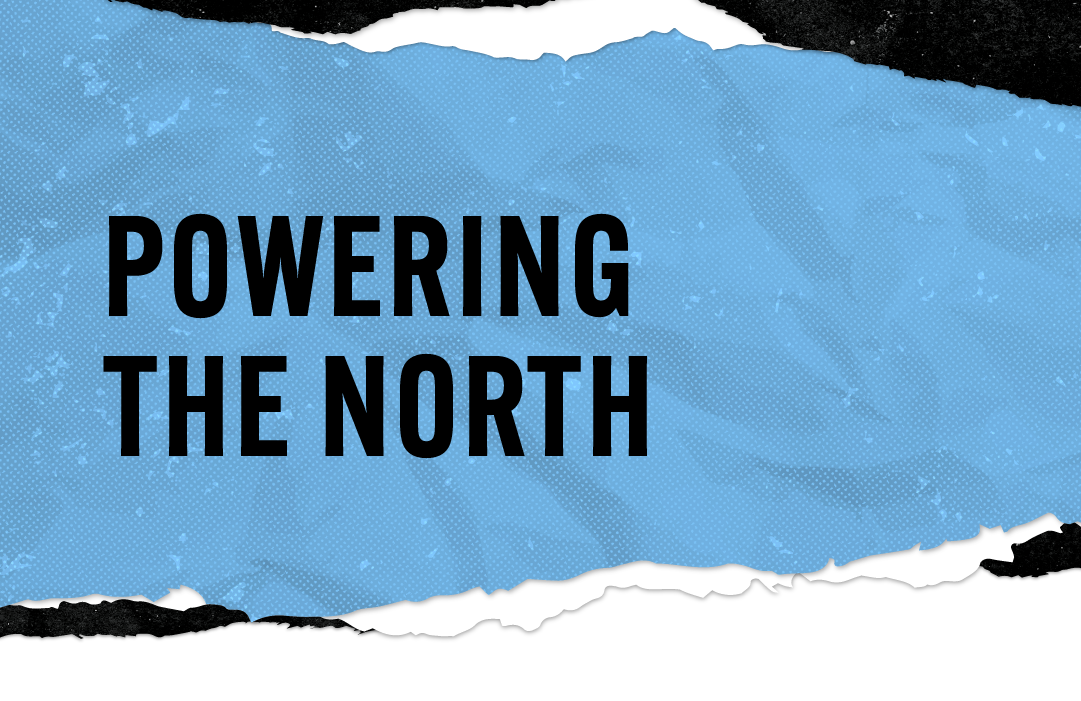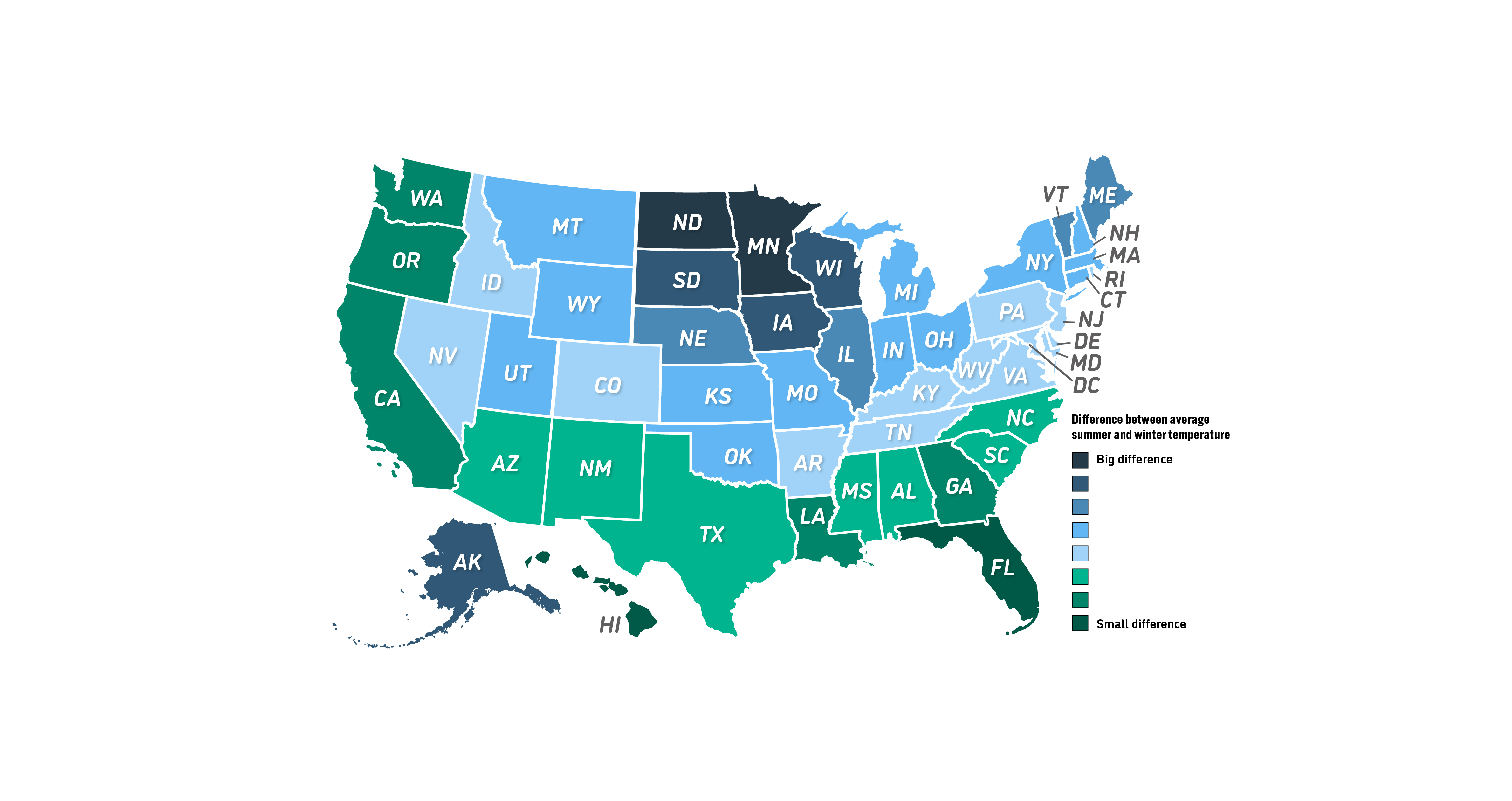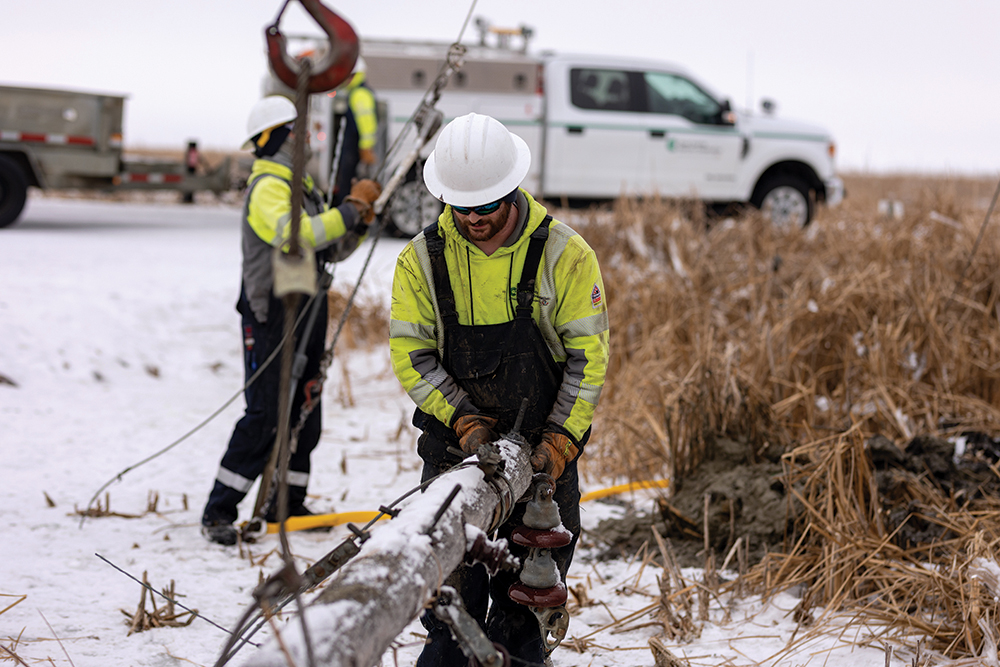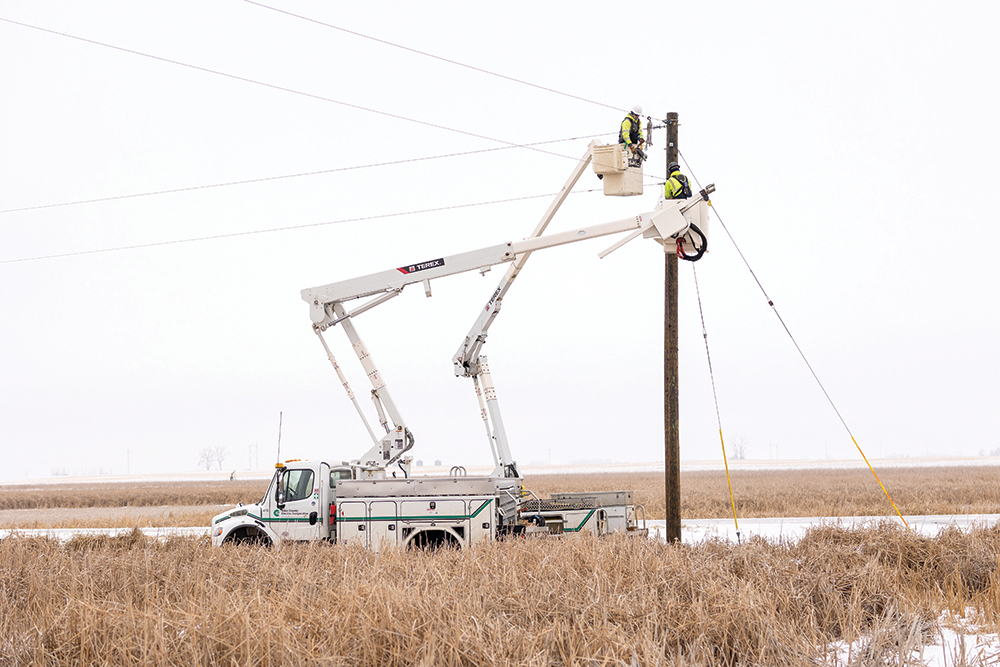

It's different here. North Dakota and Minnesota face unique challenges in electricity production and delivery compared to other regions of the United States.
Utilities must be prepared to ensure grid reliability during 100-degree summer days and 30-below-zero winter nights. In fact, this region has the greatest difference in average summer and winter temperatures in the U.S.
We have a proud history of innovating to meet the needs of the north – and we’ll continue to do so.
Reports and Regulations
It's different here. North Dakota and northern Minnesota face fundamentally unique challenges in electricity production and delivery compared to other regions of the United States.
Utilities must be prepared to ensure grid reliability during 100-degree summer days and 30-below-zero winter nights. In fact, this region has the greatest difference in average summer and winter temperatures in the U.S.



Here are some of the things that need to be considered by utilities to ensure reliability:
This region uses significantly more electricity in the winter than in the summer due to home heating, increased time indoors and fewer hours of sunlight.
Extreme cold impacts all power generation resources, but weather-dependent resources can face major challenges. Wind turbines are shut down at 20 below zero to protect components, while snowfall and extended periods of darkness in the winter can limit solar production.
Engineering design standards for power line infrastructure in this region are much higher than in other parts of the country. Lines must be rated to withstand extreme hot and cold temperatures, icing, wind and other harsh conditions.
Reports and Regulations



Real
Power
Now